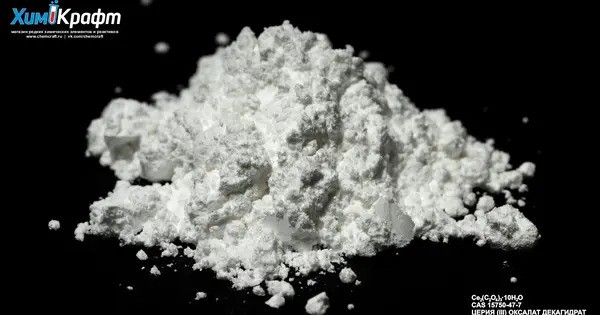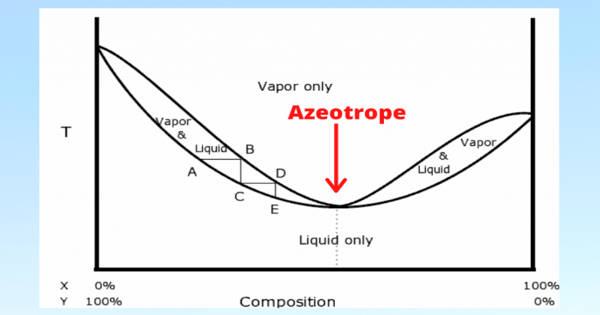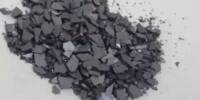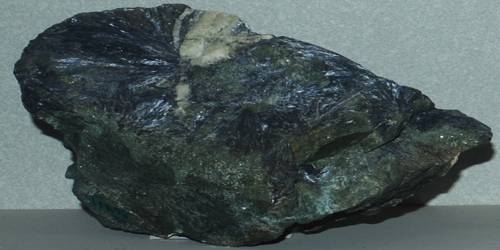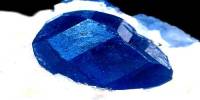Cerium(III) oxalate (cerous oxalate) is the inorganic cerium salt of oxalic acid. It is an inorganic compound composed of cerium in the +3 oxidation state and oxalate anions. It is a white crystalline solid with the chemical formula of Ce2(C2O4)3. It could be obtained by the reaction of oxalic acid with cerium(III) chloride.
Properties
- Chemical formula: C6Ce2O12
- Molar mass: 544.286 g·mol−1
- Appearance: White crystals
- Melting point: Decomposes
- Solubility in water: Slightly soluble
Occurrences
Cerium(III) oxalate is not naturally occurring in mineral form but is synthesized in the lab or industrially. It is typically produced by:
Precipitation Reaction:
2𝐶𝑒(𝑁𝑂3)3 + 3(𝐶𝑂𝑂𝐻)2 → 𝐶𝑒2(𝐶2𝑂4)3↓ + 6𝐻𝑁𝑂3
Cerium(III) nitrate reacts with oxalic acid, forming a precipitate of cerium(III) oxalate.
Uses
Cerium(III) oxalate is used as an antiemetic. It has been identified as part of the invisible ink that was used by Stasi operatives during the Cold War.
- Use in Cerium Separation: It is used in separating cerium from other lanthanides, as cerium oxalate is less soluble than other lanthanide oxalates.
- Intermediate in Cerium Oxide Production: Cerium(III) oxalate is a precursor to CeO₂, which is used in catalysts, glass polishing, and fuel cells.
Toxicity
- Cerium(III) oxalate irritates skin and mucous membranes, and is a strong irritant to eyes. If it gets into the eyes, there is a danger of severe eye injury.
- Cerium salts increase the blood coagulation rate, and exposure to cerium salts can cause sensitivity to heat. Oxalates are corrosive to tissue and are powerful irritants. They have a caustic effect on the linings of the digestive tracts and can cause kidney damage.
Handling and Safety
- Generally considered low-toxicity, but oxalates are mildly toxic and can irritate the skin and mucous membranes.
- Should be handled with standard laboratory safety practices (gloves, eye protection).
